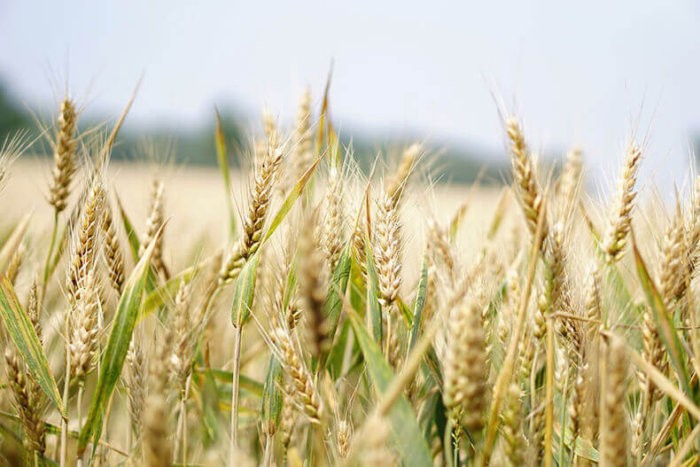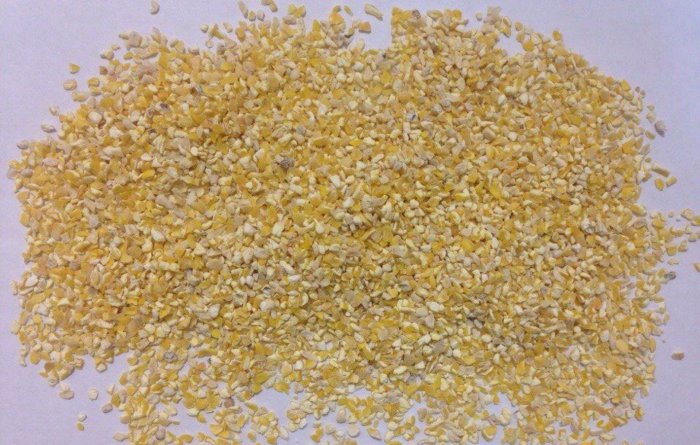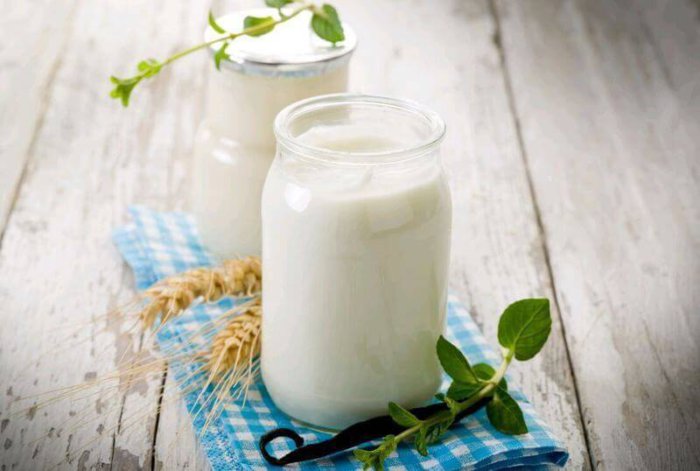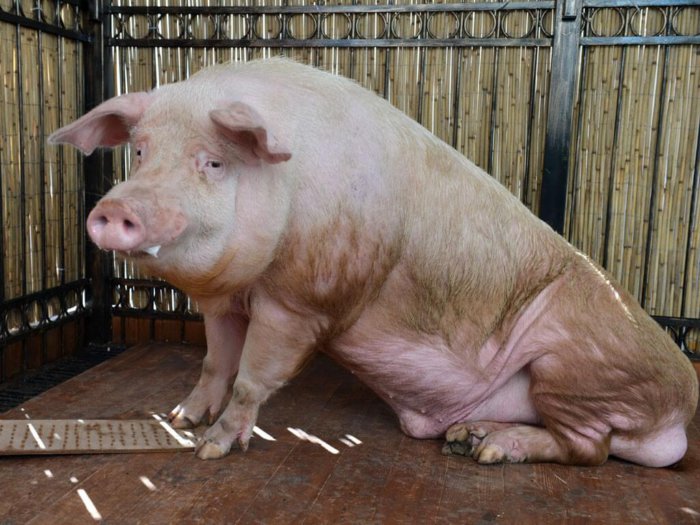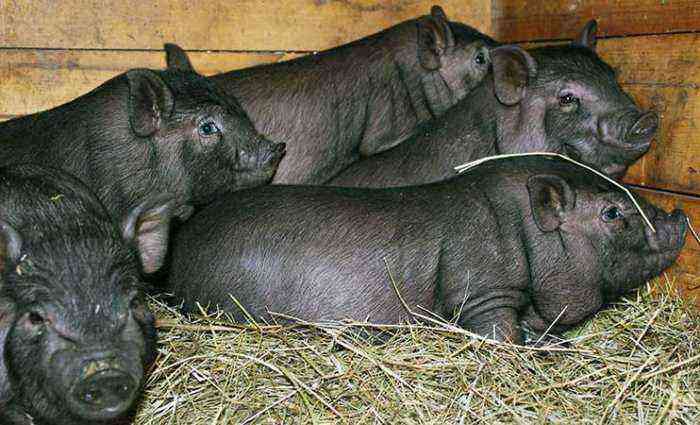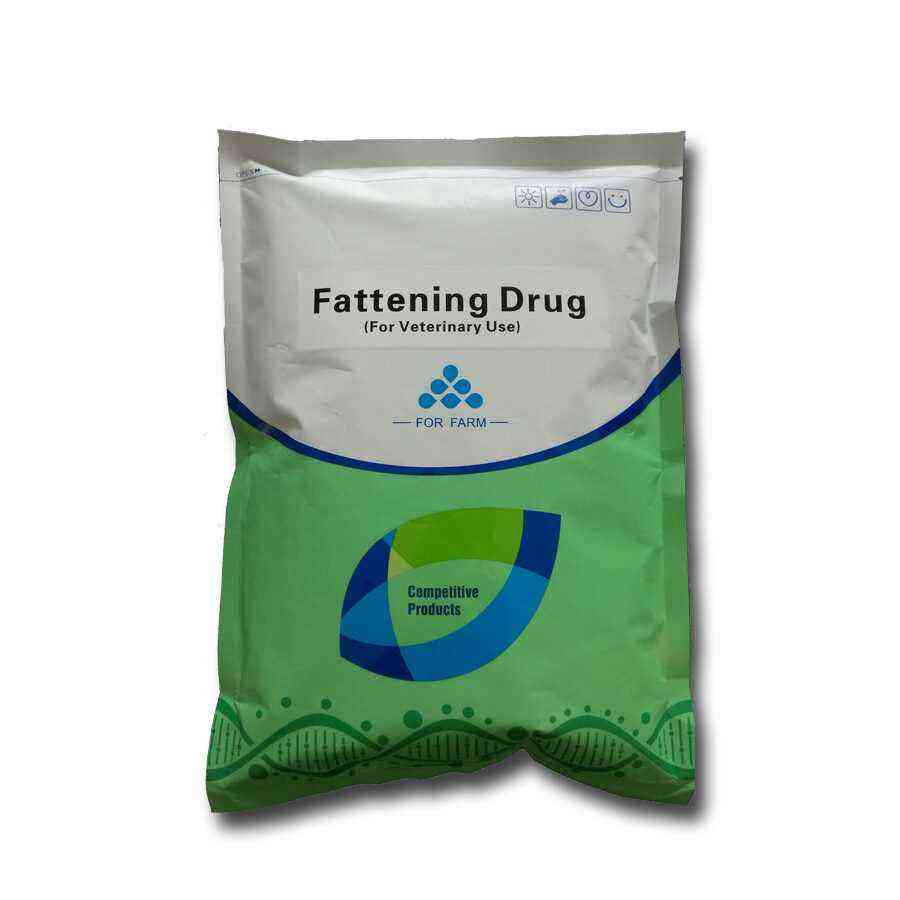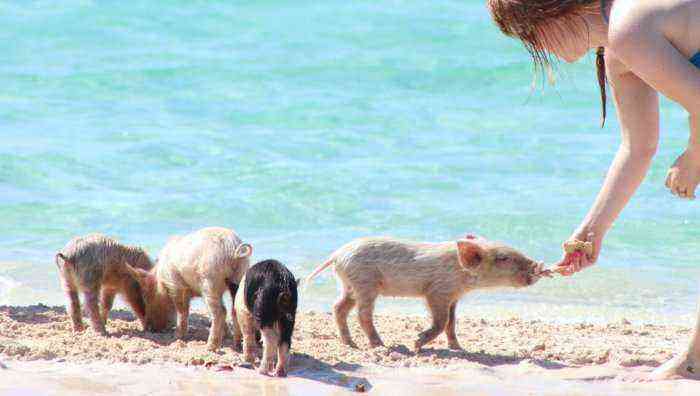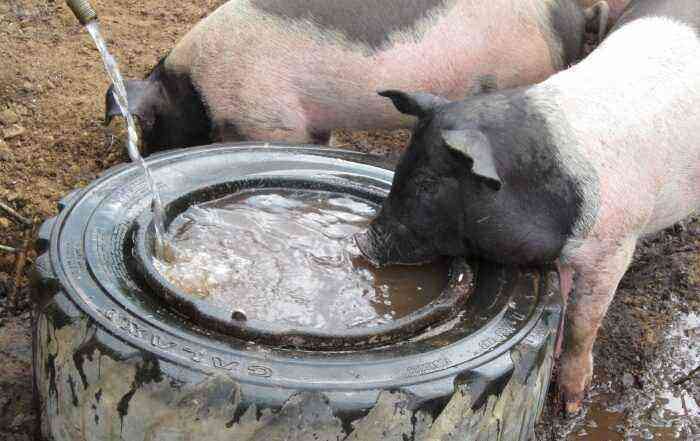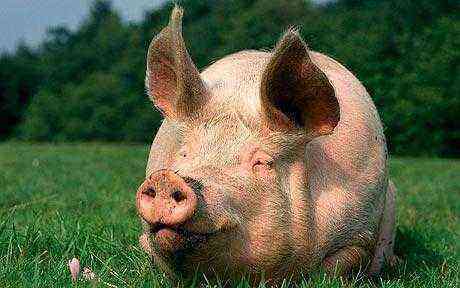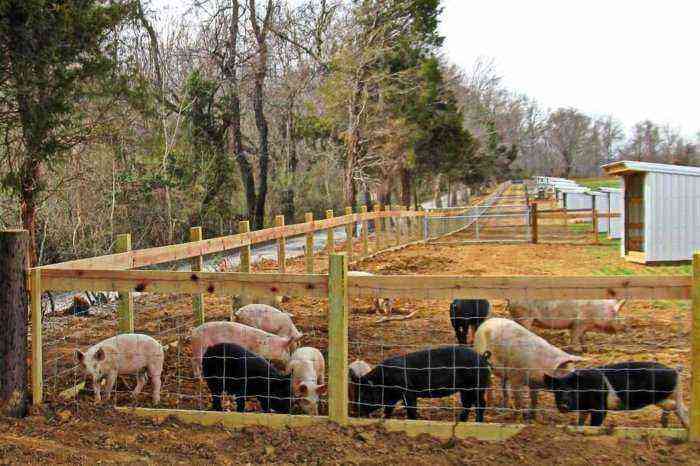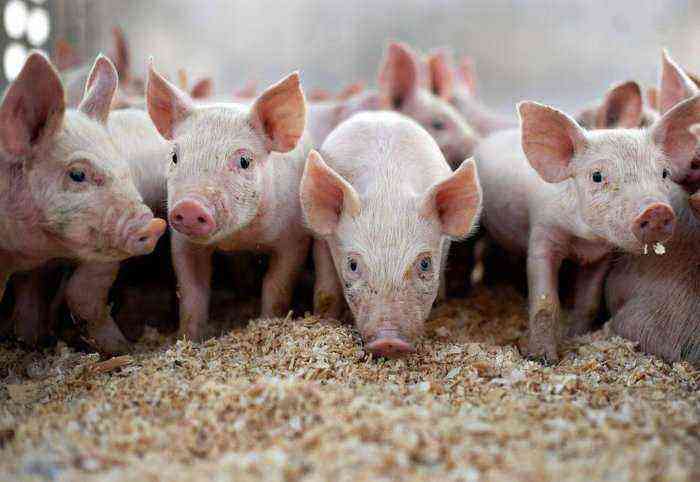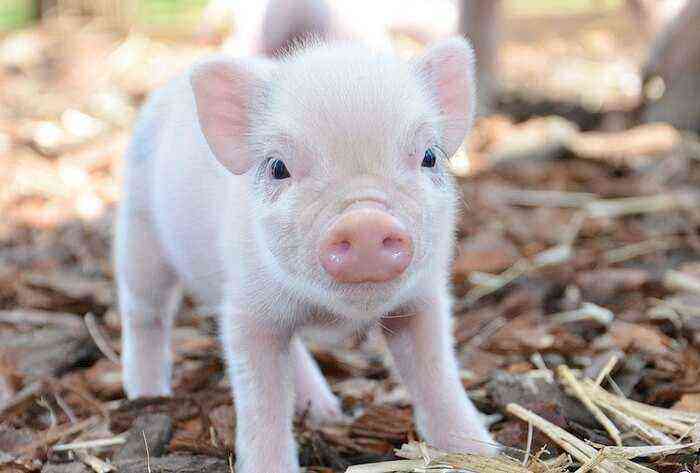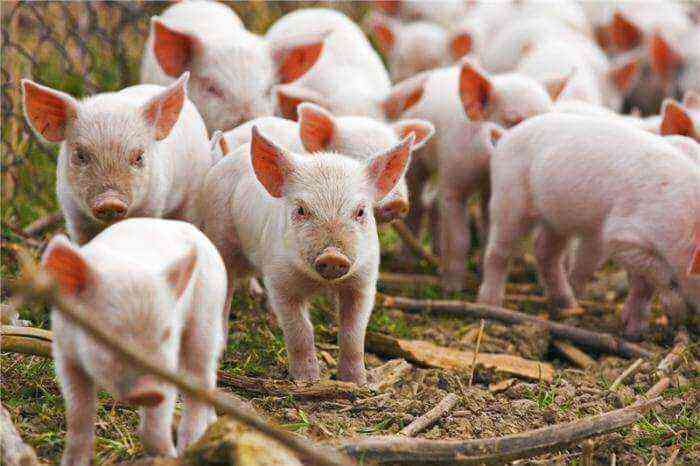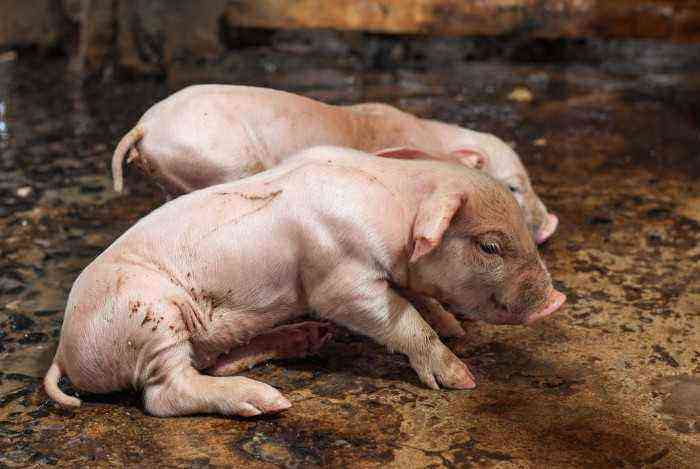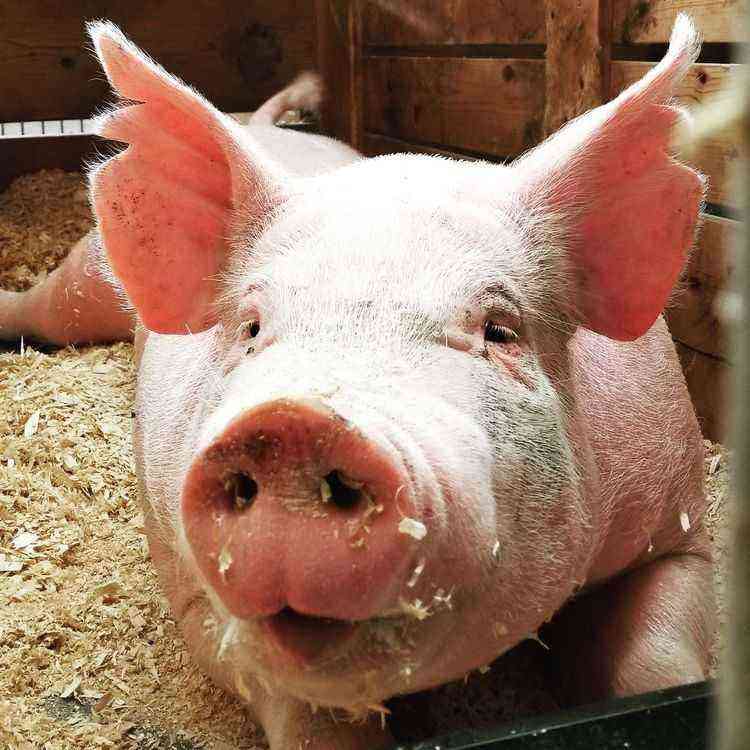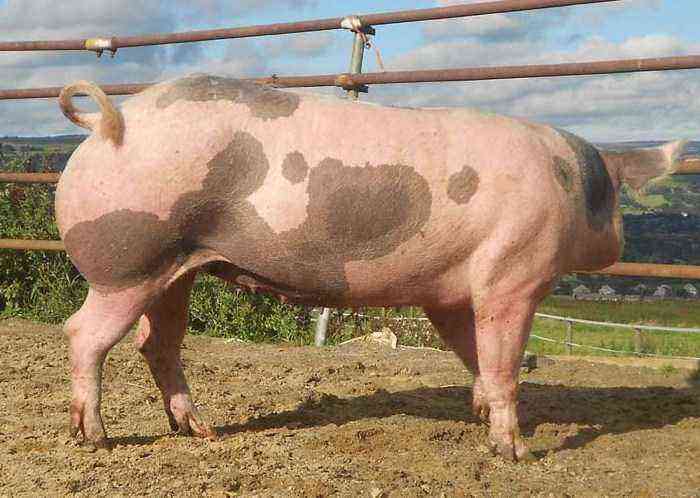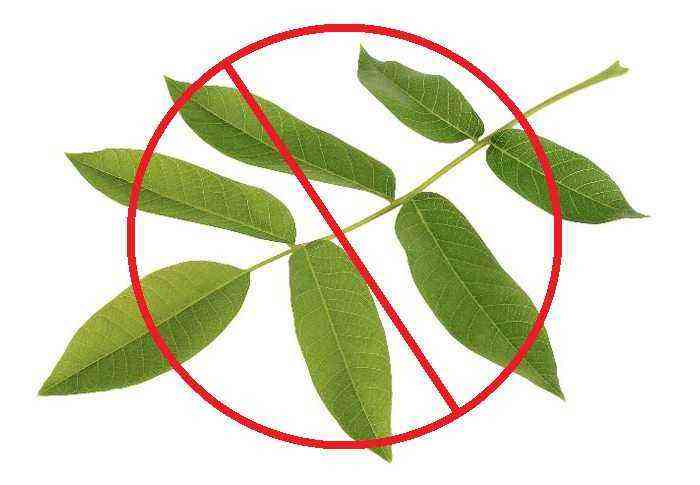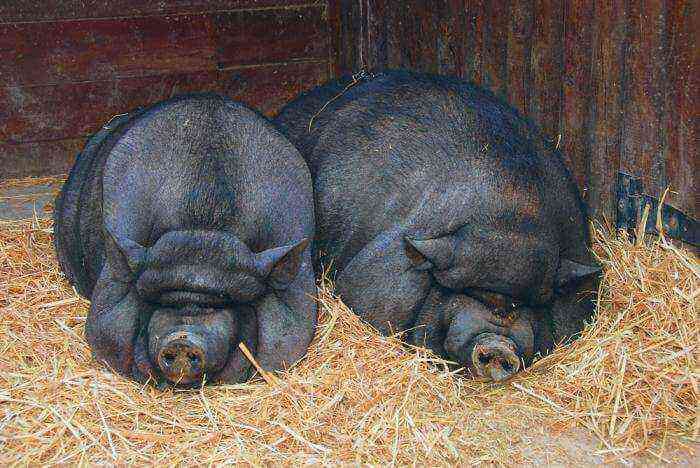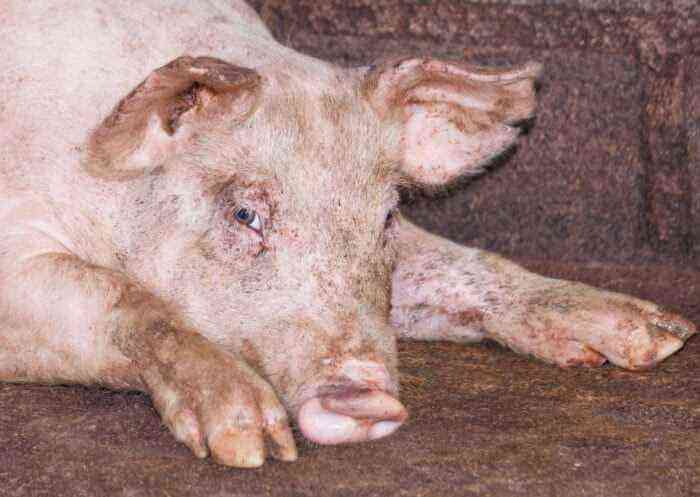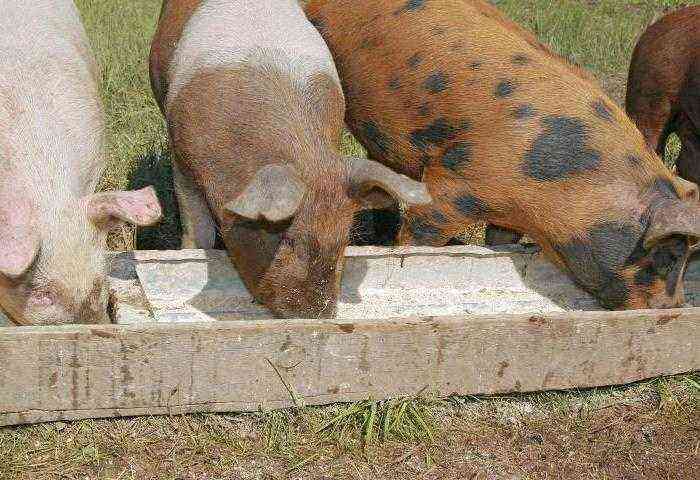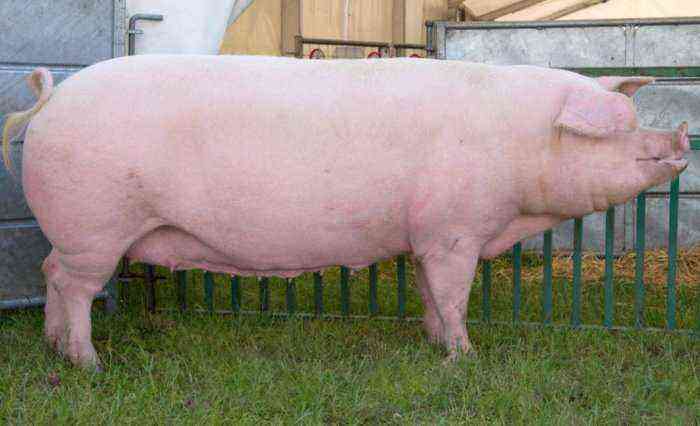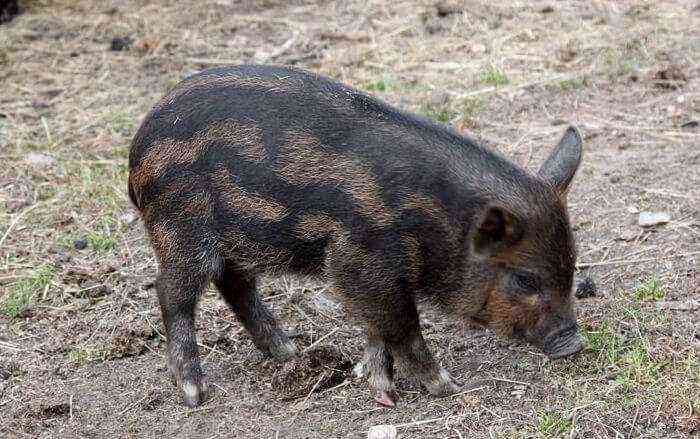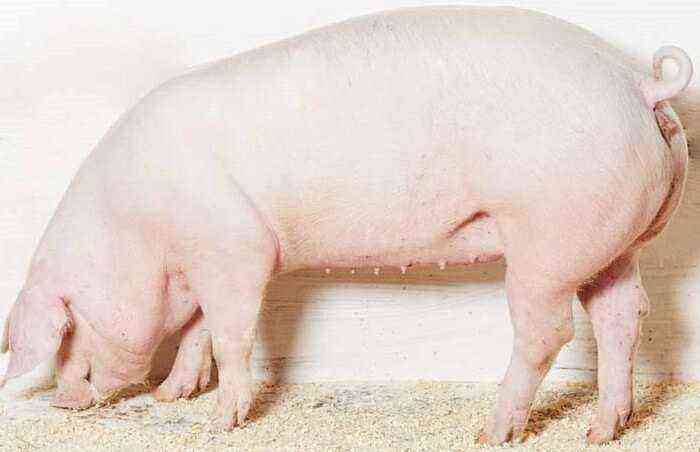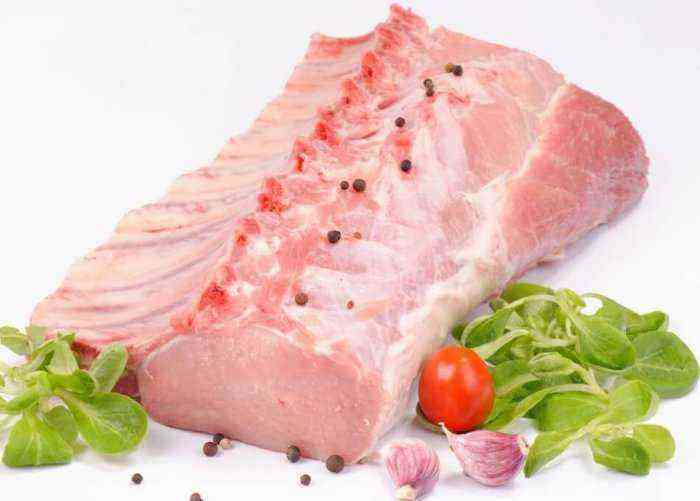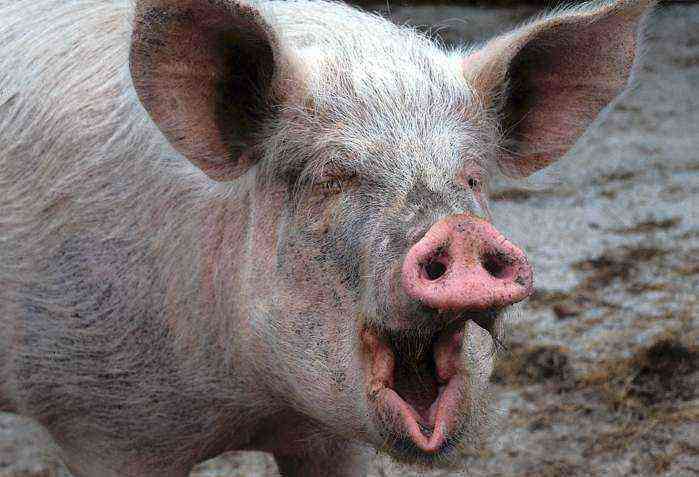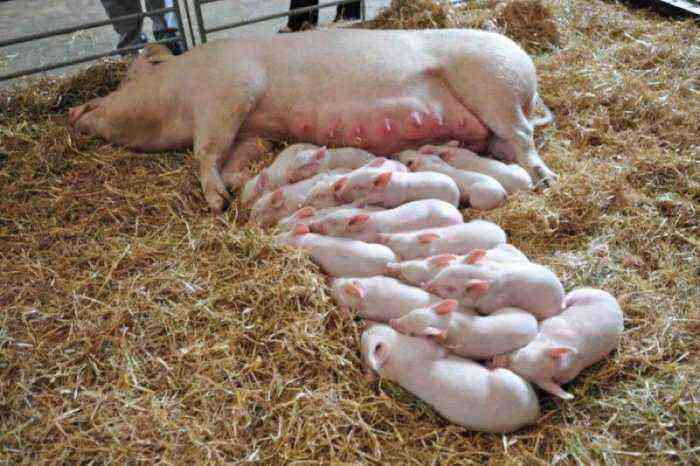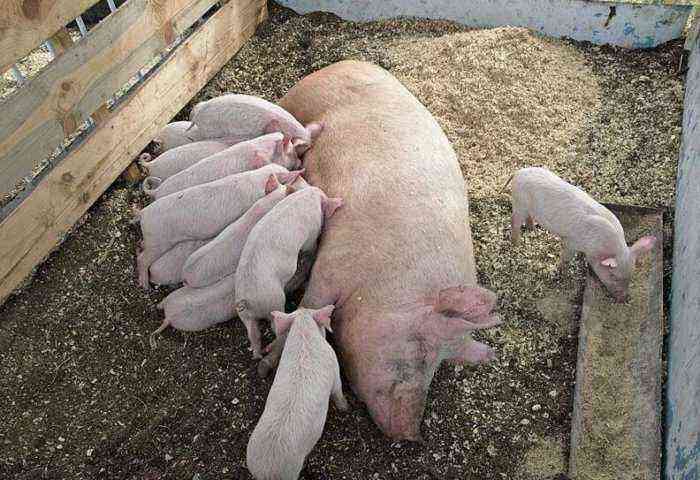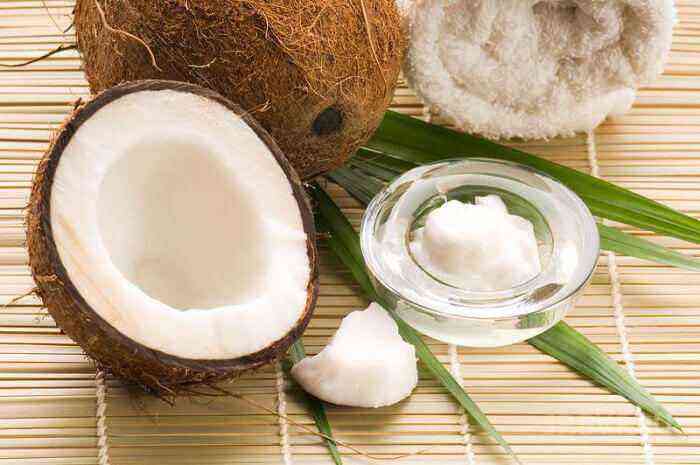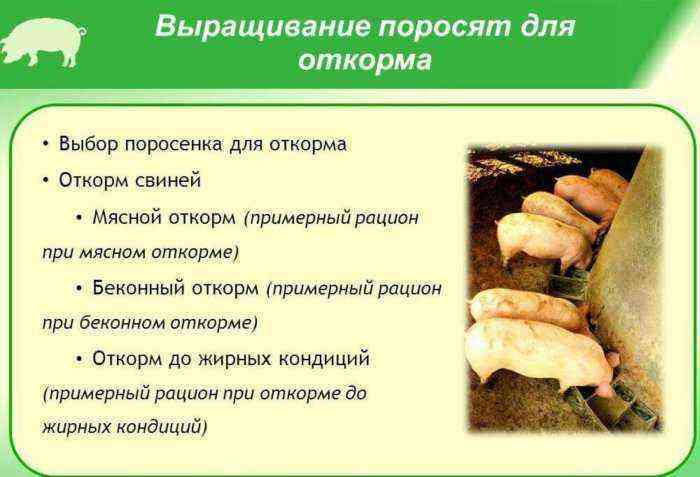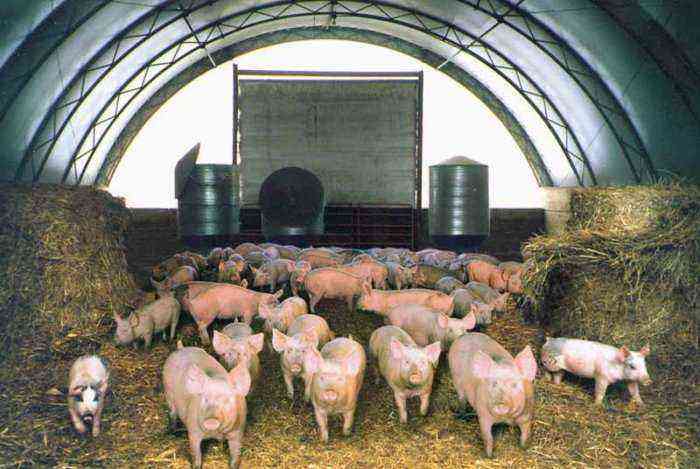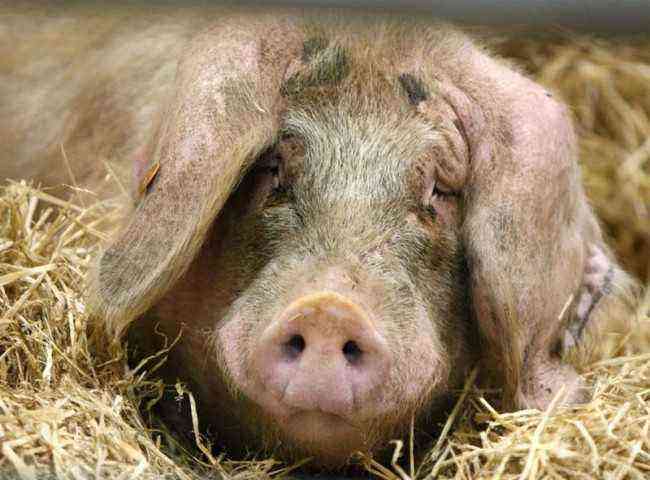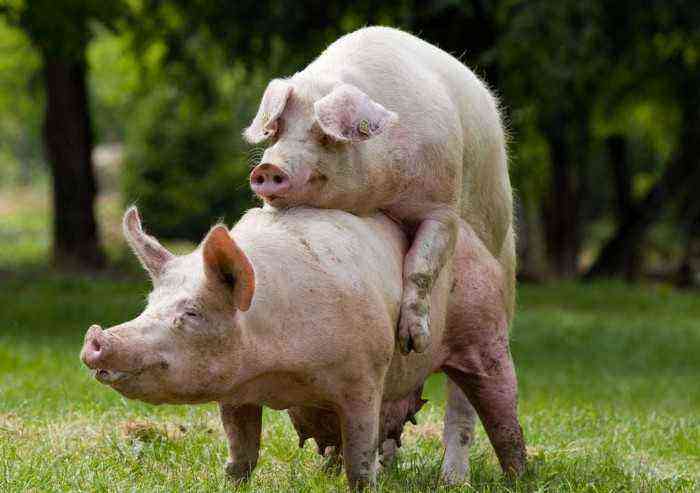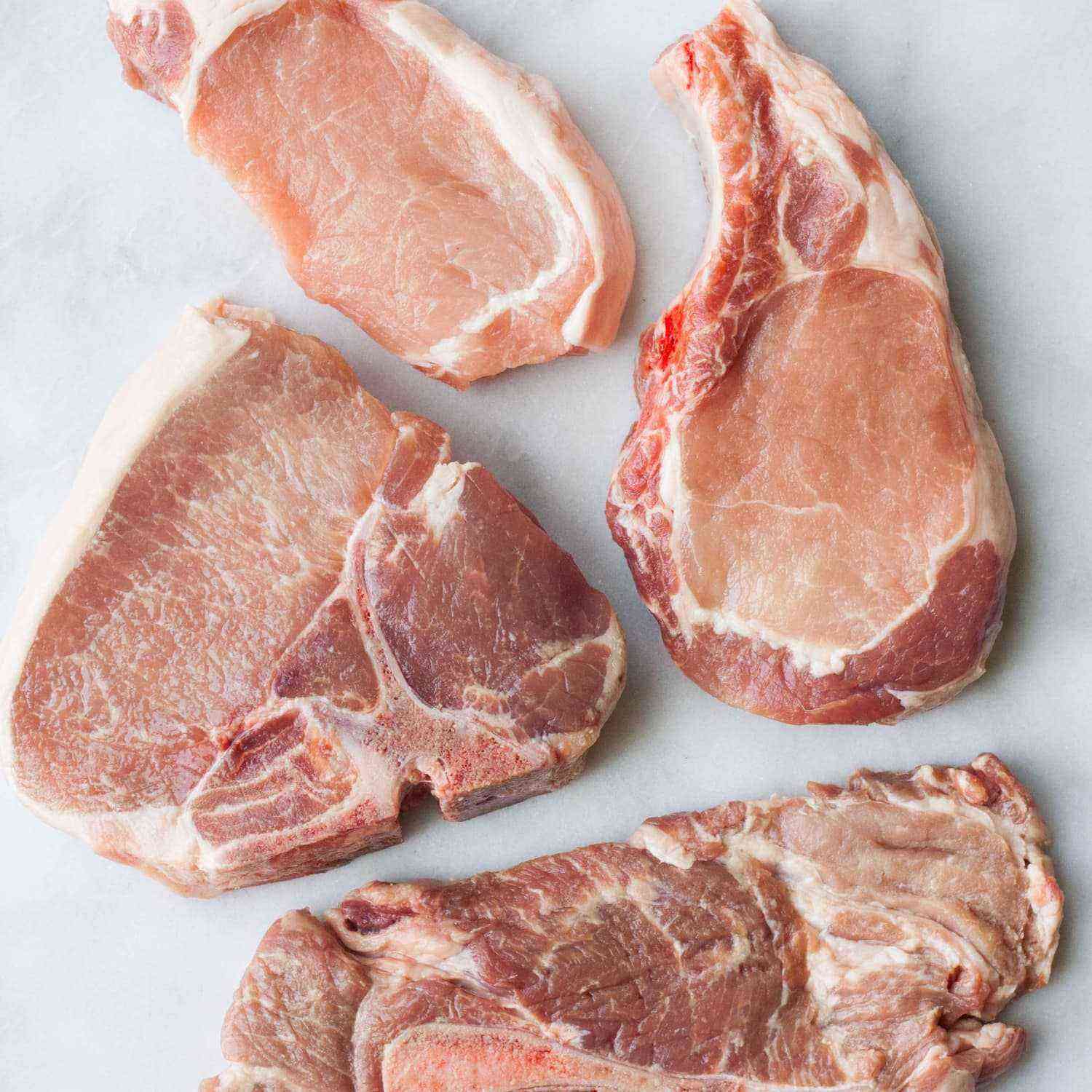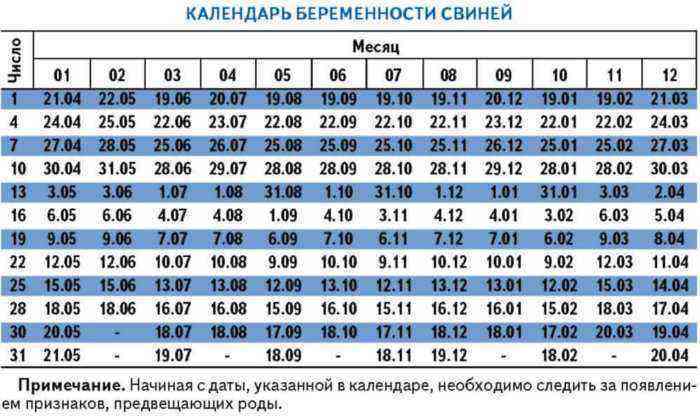Pigs are omnivores by nature. Thanks to this owner, ample opportunities open up in compiling a diet for such pets. But still, this problem should not be taken too lightly, because proper feeding of pigs is the basis for rapid weight gain in young animals, as well as a guarantee of tasty and tender meat. Therefore, when planning a menu for piglets and adults, a number of important rules should still be followed.
Feeding piglets
Types of feed
Before talking about the specific rules for compiling a diet, it is necessary to clearly define what types of feed are used when breeding pigs. The most striking criterion in the division of fodder is their value in the production of meat products. In this regard, they are divided into three groups.
The feed of the first group, even at home, can significantly increase the intensity of weight gain in piglets. In addition, they increase the palatability of pork and lard. These include:
- concentrated feed. This category includes barley grains, millet and peas.
- Green fodder. Mainly clover and alfalfa.
- Vegetables. Pumpkin, zucchini.
- Roots. This includes carrots, beets, boiled potatoes.
- Milk products.
- Legume hay flour, which is a roughage.
- Meat production waste.
The second group includes feeds that are less rich in nutrients and have less effect on meat quality. But they can be a good source of energy for animals. These include wheat bran for pigs, corn, rye bran. Such food should be no more than 40-50% of the total diet of piglets.
Wheat bran for pigs
The last category includes feeds that can compromise the taste and texture of meat, but can be used in small amounts to reduce the cost of feeding. Such foods include soybeans, waste products (such as bagasse or meal), and oats. As a rule, feeding pigs with food from the third group is stopped a month before they are slaughtered. At the same time, the proportion of high-quality feed is increased to maximize the quality of meat products.
Types of feeding
When compiling a diet for pigs, it is important not only to take into account the usefulness of each type of feed, but also to choose the right type of animal feeding. There are three different types of feeding:
- Liquid.
- Dry.
- Wet.
Each of them has its own set of advantages and implementation features.
liquid type
This feeding technology involves the use of liquid dairy products, food industry waste, sugar, brewing production as part of the main diet. This type of feed is widely used in pig farms in Ireland, Denmark and Germany.
Its popularity is due to a number of advantages:
- the use of waste can reduce feed costs;
- it is easier to introduce medicines and mineral supplements into such food;
- suggests the possibility of a more flexible correction of the diet.
dry feeding
This type involves the use of ready-made dry mixes as the main food product for pigs. Factory options for such compositions are ideally balanced for the needs of the animal and take into account the physiological characteristics of each age group. This type of feeding is used in 75% of farms worldwide.
What is characteristic, in the presence of an extruder, the dry format of feed can be prepared at home. In this case, the main thing is to introduce premixes into the composition, and when feeding, provide the herd with a sufficient amount of liquid.
Dry feeding pigs
The main advantages of this technology include:
- longer storage of feed;
- increased digestibility of food, as a result of which it is possible to obtain a greater increase in young animals;
- the content in manure masses is much less than harmful ammonia.
wet type
Wet feeding involves the supply of food to pigs in the form of special semi-liquid mash. They consist of a liquid base to which vegetables, concentrates, green fodder, food waste are added.
The main disadvantage of this technology is that after each feeding the feeder has to be cleaned. Mixers spoil quickly and if this is not done, the animal may develop digestive problems.
Feeding regimes
Drawing up a diet is also an extremely important point in organizing the correct feeding of pigs. It is selected in accordance with the age of the animal, the physiological state and the ultimate goal of cultivation. Considering all the above points, three main dietary regimens can be distinguished:
- Eating in abundance. Most relevant for weaned piglets. For maximum weight gain and proper development, they need constant access to food. Therefore, food in the feeders must be constantly.
- normalized mode. Assumes a clear dosage of food and a specific number of feedings, after which food remains are taken away.
- Limited mode. Its essence lies in the fact that the animal is fed one time less than all the other representatives of the herd. This allows you to get less fatty meat from fattening pigs and keep the body of a pregnant sow in good shape.
In general, the number of meals for animals is selected as follows. For young animals after weaning and for fattening piglets, 3 feedings per day are organized. For single sows – 2. Pregnant queens are fed 1 time per day.
Attention! In any mode, the established feeding time should be strictly observed.
Norms of feeding and diet
As for the specific composition of the diet for pigs, it is planned taking into account age, breed, health status, and the purpose of raising animals. The financial capabilities of the farm owner are also taken into account. Accordingly, the menu in each individual case will have its own characteristics. For more correct compliance with feeding norms, it is necessary to use special tables that are compiled taking into account the needs of a pig of each specific age.
Barley
If you use available feed, then their basis will be grain. Perfect for this case:
- barley (gives a lot of energy);
- dry peas and beans (provide a large amount of protein);
- vetch and lupine (also hold the record for the amount of protein);
- wheat and rye.
It is necessary to supplement such a menu with root crops, among which carrots, beets, pumpkin, Jerusalem artichoke are especially useful. They contain a large amount of minerals and vitamins. Also, a certain amount of green food should be included in the diet: red clover, lupine, beet tops, cabbage, alfalfa. In winter, hay from the same crops can be used as a substitute. It will provide the body with all the necessary vitamins.
A good help in the absence of the listed feeds will be cereal bran (wheat, rye), sunflower cake and meal, turf, flour (wheat, pea). It will sometimes be useful to introduce cake and meal of flax and cotton into the menu.
Reference. Feed and baker’s yeast, brewer’s grains have a good effect on the growth and quality of meat.
From feed of animal origin suitable:
- bone and meat and bone meal;
- fish flour;
- blood meal;
- milk, skim and whey;
- chicken eggs.
Be sure to supplement the general diet with minerals (chalk, ash, limestone and others), as well as vitamins.
Feed preparation
Before serving, all feed must be properly prepared. This is done in order to disinfect them and increase absorption by the body. Each type of food has its own preparation:
ground corn
- Cereal crops. Barley, wheat, oats and corn must be thoroughly ground before serving. Peas and other legumes will be more effective if they are boiled first. Also, grain can be germinated in boxes, which will increase the benefits of it.
- Vegetables. They must be thoroughly washed and cleaned. Then the vegetables are grated and fed, mixed with grains. Potatoes must be boiled and crushed before serving.
- Hay and roughage. This type of food is carefully steamed in boiling water and only then fed to animals. At the same time, dry greens must be finely chopped.
- Green fodder. Meadow and forest grass are also carefully crushed. At the same time, all dry and rough parts must be removed from it.
Reference. Before serving, 1/3 of the feed mass is preferably subjected to yeast. This will increase the appetite of the animals and, as a result, increase the weight gain.
Feeding suckling piglets
For the first time after the farrowing of the sow, the piglets are fed exclusively on her colostrum. It acts as the main source of nutrients, minerals and saturates the body with uterine immunoglobulins, which take part in the formation of immunity. But every day the pig’s milk production decreases, and starting from day 5, babies need to gradually introduce solid feed into the diet.
Feed is introduced into food gradually in the following order:
- on the 5th day, young animals gradually begin to give roasted grains of wheat and barley;
- on the 7th-8th day, premixes and bone meal are introduced into the diet;
- from day 10, the general menu can be diversified with carrots, grated on a fine grater, and after 1-2 days you can also add beets and pumpkin to it;
- at 20 days of age, you can already feed boiled potatoes to babies;
- on day 45, the piglets make up a complete diet in accordance with the chosen type of feeding.
To prevent the development of stomach problems during the period of accustoming to feed, young animals should also be given a small amount of curdled milk. Also a good source of calcium and phosphorus for babies will be cow’s milk and fishmeal.
clabber
In general, concentrated feed in the diet of suckling pigs should be 80% of the total food, succulent feed – at least 10%, bone meal – 5%, pea or other legume meal – about 5%.
Feeding piglets for growing
At the age of 1,5 months, piglets can already be weaned from the sow. A week later they are transferred to three meals a day. When the piglet reaches a weight of 25 kg, its diet can be slightly diversified in order to satisfy the growing body’s need for minerals, nutrients and vitamins to the maximum.
During this period of life of young animals in the diet, it is necessary to increase the amount of greens and vegetables. At this age, the supply of fresh grass to piglets is already allowed. But it is better to divide it into two parts. At the same time, one of them is given fresh, and the second is steamed in boiling water before serving.
After preliminary preparation, juicy food is mixed with crushed grain and a small amount of liquid and given to babies. Such food causes appetite in a piglet, is quickly absorbed by the body and saturates it.
pig fattening
The fattening of pigs begins at the moment when the piglet reaches a weight of 40-45 kg. At this time, the owners make up a special enhanced diet. Moreover, depending on the intended purpose, fattening can be either greasy or meat.
During this period, it is extremely important to provide the animals with a large amount of energy and protein, but to reduce the amount of fiber as much as possible. Moreover, in the case of meat fattening, no more than 1 feed units of food should go per 4 kg of weight gain of young animals. And the amount of digestible protein per feed unit should be at least 115 g.
In addition, an important point is also the provision of the proper amount of vitamins. During the fattening period, it is especially important to satisfy the animal’s need for vitamins of groups A, D and B.
If you follow this technology, then by the age of 6 months, the weight of the piglet reaches 110-120 kg. At the same time, the average daily weight gain during fattening in pigs ranges from 650 to 850 g.
Feeding boars-producers
Boar-producer
In compiling the diet of boars, which are planned to be used for breeding work, it is extremely important to adhere to the norms. The animal should not be obese, as this directly affects the performance of the male. But starvation will also have a negative impact on the condition of the boar.
It is best to feed these animals dry food. The easiest way to maintain the normal state of the boar-producer, using the following food for feeding:
- concentrated feed;
- cereal processing wastes (cake, meal, etc.);
- meat and fish production waste;
- legumes (peas and lentils).
As for the feed norm, for an adult boar it is at least 1,4 kg of dry food for every 100 kg of weight. If the boar is still young, then this rate is increased to 1,6 kg. But, at the same time, the period of the male’s life should be taken into account. If this is the time of sexual activity, then the indicated dosage is slightly increased. During periods of “downtime” it is reduced by 10-15%.
Sow feeding
The choice of feed and feeding technology for sows should be especially careful, because the health of the female directly affects the health of her offspring. In this case, in addition to age and weight, the physiological state of the pig is also taken into account.
During pregnancy, the uterus should be fed as balanced as possible so that both the fetus and the mother receive all the necessary nutrients and vitamins. But, as in the case of boars-producers, it is necessary to strictly observe the rules. Emaciation or obesity of the uterus is fraught with complications during farrowing and can affect the health of the offspring.
After farrowing, it is allowed to feed the pig no earlier than 5 hours later. Before that, she can only pour water. The first feeding should be a liquid mash of concentrates in an amount not exceeding 0,7 kg. For the second meal, the amount of feed can be increased to 1 kg. By the end of the first week, the uterus is already fed the full rate.
Attention! It is extremely important to provide enhanced nutrition to lactating females. For the formation of milk, the animal needs a large amount of nutrients, and if they are not enough, then the female spends her reserves. In addition, it is fraught with the cessation of milk production in the animal.
Proper feeding is the key not only to high productivity, but also to the good health of pigs. Moreover, making up the diet and feeding regimen, one should not take the issue lightly. Feeding should be organized taking into account the physiological and age characteristics of animals.


